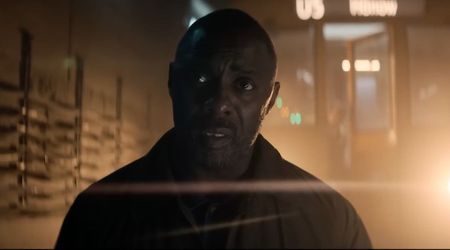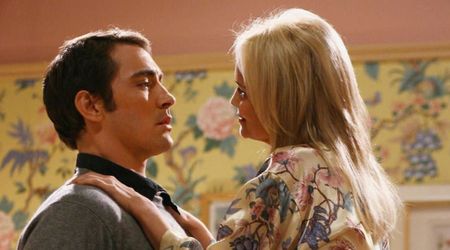'The UnXplained: The Greatest Escapes' Review: Touch of supernatural laces the stories and some are really spooky

Back from a two-month hiatus, 'The UnXplained' kicks off with stories of 'The Greatest Escapes'. As expected, the series first pays homage to history's most famous escape artist, Harry Houdini. Of all his escape tricks, the one that still astounds escape artists today is his underwater coffin act. Historians and escape artists weigh in on this segment, detailing the aspects of the trick that have killed or nearly killed those who have tried to follow in Houdini's footsteps. A coffin made from planks of wood was nailed shut with Houdini in elaborate chains that cuffed his hands and feet tightly.
The coffin was then weighed down and sunk. While the coffin was being lowered, Houdini would thrust his hands out of the single hole in the coffin to show he was still in the coffin. He would emerge from the water 56 seconds later and the coffin, when pulled out, would still be nailed shut, the chains left within.

Host William Shatner adds a touch of the supernatural by saying that 'Sherlock Holmes' creator Arthur Conan Doyle was convinced that Houdini knew how to dematerialize his body using actual occult powers, even though Houdini himself insisted that he used no magic or supernatural means to escape. In fact, Shatner introduces an element of supernatural, from God to Native American ghosts to explain some of the most hair-raising and impossible escapes in history. While Houdini and the June escape from Alcatraz, featured in this episode, are quite well-known, it is the 9/11 story of escape that really stays with you.

In it, survivor Brian Clark remembers going towards Stairwell C until he felt a push on his right shoulder to head him towards Stairwell A. He still doesn't know the origins of that phantom push. Later, he found out that both Stairwell C and B were blocked and he would not have made it out had he picked those as his escape route. On his way out, he also rescued a man named Stanley. The two of them were among the four survivors who made it out of the floors above the impact zone where United flight 175 crashed into the South Tower of the Twin Towers.
Equally hair-raising are two other lesser-known stories presented in this episode. One of a WW2 British sailor who made out of a sinking submarine, without any of his organs exploding despite "the bends" or decompression sickness. The experts attribute his survival to the swigs of "95% pure alcohol" rum that the sailor drank for the extraordinary escape that lowered his blood pressure and kept him calm through the ordeal.
The body's incredible survival mechanisms also came into play in a young Cuban defector's escape in the wheel bay of a plane headed from Cuba to Spain. Going into hypothermic shock in the nine-hour journey, neither the altitude nor the "-45 degree" freezing temperature managed to kill him. Doctors say that his body going into hibernation is what saved him, but the survivor attributes his escape to God, who he prayed to before losing consciousness.
In all the tales, beyond the rational explanations given by experts, practically all the escapees who lived to tell the tale speak of a higher power guiding or saving them. For viewers, this aspect of the show could be what intrigues them or turns them off. The stories themselves are well-told with "reenactments" and archival footage that help the viewer put themselves in the shoes of the escapees. But the frequent references to the supernatural to add the "unexplained" tag to some of the stories, especially the Native American bird legend in the Alcatraz story, seem forced. The exception is Brian Clark's 9/11 story that is truly spooky.
'The UnXplained: The Greatest Escapes' premieres on July 11 at 9 pm on the History channel.










